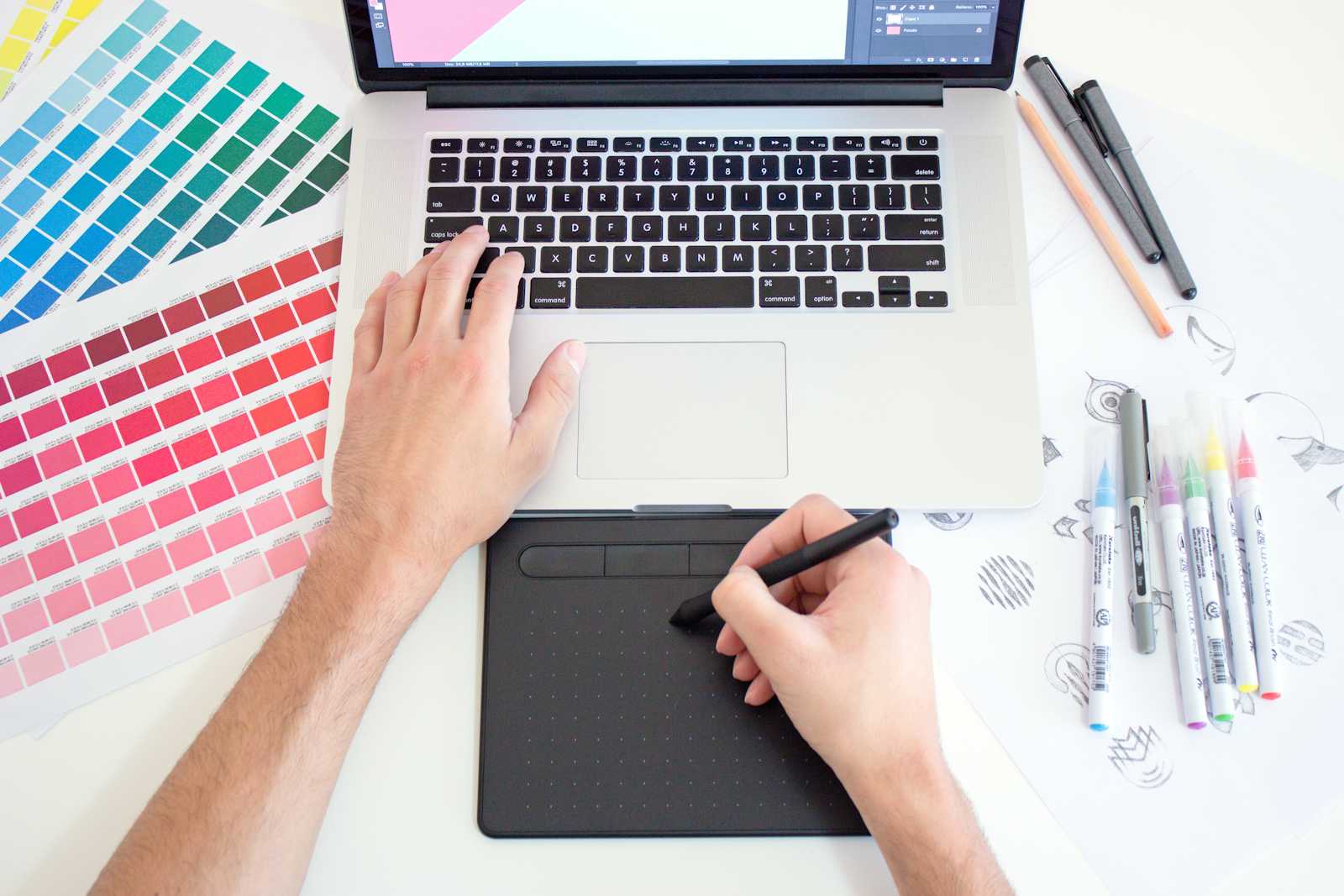From Chaos to Consistency: Mastering Design Systems Like a Pro
 Joshua Onyeuche
Joshua Onyeuche
Ever wondered how big companies like Google, IBM, and Microsoft maintain consistent, polished designs across all their apps? The secret sauce: design systems. These are more than just style guides—they’re living ecosystems that bring order to UI chaos. In this post, we’ll dive into what makes a design system great, how developers and designers collaborate to create them, and how you can start building your own.
What Is a Design System?
A design system is a collection of reusable components, guidelines, and standards that help teams create cohesive user interfaces. Think of it as the LEGO set for UI—every block (component) fits together perfectly, making development faster and design more consistent.
Key Components of a Design System:
UI Components: Pre-built buttons, forms, modals, etc.
Design Tokens: Variables for colors, spacing, typography.
Guidelines: Best practices for accessibility, branding, and interaction.
Documentation: A single source of truth for designers and developers.
Why Design Systems Matter
🔹 Consistency Across Products
Ever opened an app and felt like every page was designed by a different person? A design system eliminates that mess. It ensures that buttons, typography, and spacing remain uniform across an entire product suite.
⚡ Faster Development & Scalability
With reusable UI components, developers don’t have to reinvent the wheel for every project. Instead of building a new button from scratch, just grab one from the design system and get rolling.
🎨 Improved Designer-Developer Collaboration
Without a system in place, designers create mockups that don’t align with what’s technically feasible. A design system keeps both teams on the same page, reducing back-and-forth discussions.
✅ Better Accessibility
Built-in accessibility guidelines make it easier to create apps that work for everyone, ensuring compliance with standards like WCAG.
Real-World Examples of Design Systems
Many big tech companies have open-sourced their design systems, setting industry standards. Here are a few of the most popular:
Material Design (Google) – One of the most widely used design systems, focusing on a clean, minimal aesthetic with motion guidelines.
Carbon Design System (IBM) – IBM’s system, tailored for data-heavy enterprise applications.
Fluent UI (Microsoft) – Designed to ensure a unified experience across Windows, macOS, and the web.
Primer (GitHub) – GitHub’s system, optimized for developer-friendly interfaces.
Lightning Design System (Salesforce) – A design framework specifically for Salesforce’s ecosystem.
Each of these systems serves as an excellent reference for building your own!
How Developers and Designers Work Together
🎨 Designers’ Role:
Define the visual identity (colors, typography, spacing, etc.).
Create reusable UI patterns in Figma, Sketch, or Adobe XD.
Document design principles and accessibility standards.
💻 Developers’ Role:
Translate designs into code components (React, Vue, or Web Components).
Maintain the component library (e.g., using Storybook for documentation).
Ensure proper theme management, responsiveness, and accessibility.
🔄 How to Keep Everyone in Sync:
Use shared tools like Figma, Storybook, and GitHub.
Establish clear guidelines on component usage and naming conventions.
Regular sync meetings between design and development teams.
Integrating a Design System Into Your Workflow
🛠 Tools to Get Started:
Storybook – A popular tool for documenting and testing UI components.
Figma – A collaborative design tool that integrates well with code.
Tailwind CSS – A utility-first CSS framework that pairs well with design tokens.
Chromatic – A tool for visual regression testing in Storybook.
Example: Setting Up Storybook for a Design System
npx storybook init
npm run storybook
This lets developers test and document UI components in isolation.
Building Your Own Mini Design System
Want to build a lightweight design system for your next project? Here’s a simple approach:
📝 Step 1: Define Your Design Tokens
Create a tokens.json file for colors, typography, and spacing.
{
"colors": {
"primary": "#4A90E2",
"secondary": "#50E3C2"
},
"spacing": {
"small": "8px",
"medium": "16px",
"large": "32px"
}
}
📦 Step 2: Build a Component Library
Use React, Vue, or Web Components to create reusable UI elements.
export const Button = ({ label }) => (
<button className="bg-primary text-white px-4 py-2 rounded">{label}</button>
);
📚 Step 3: Document Everything in Storybook
Ensure every component is documented with usage examples and props.
🎨 Step 4: Keep It Evolving
A design system is never "finished"—it grows with your product. Keep iterating and refining over time.
Design systems aren’t just for big companies—they can transform how any team approaches UI development. By ensuring consistency, speeding up development, and improving collaboration, they help create scalable and maintainable products.
Ready to build your own design system? Start small, iterate, and let it grow with your product!
Subscribe to my newsletter
Read articles from Joshua Onyeuche directly inside your inbox. Subscribe to the newsletter, and don't miss out.
Written by

Joshua Onyeuche
Joshua Onyeuche
Welcome to Frontend Bistro: Serving hot takes on frontend development, tech trends, and career growth—one byte at a time.